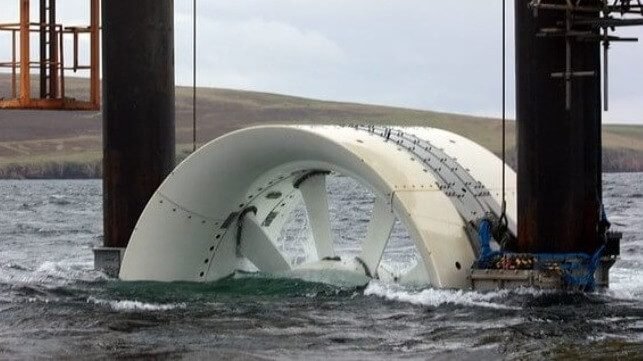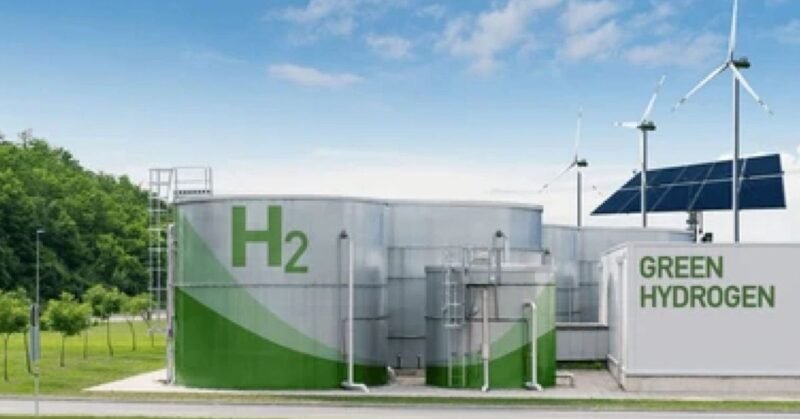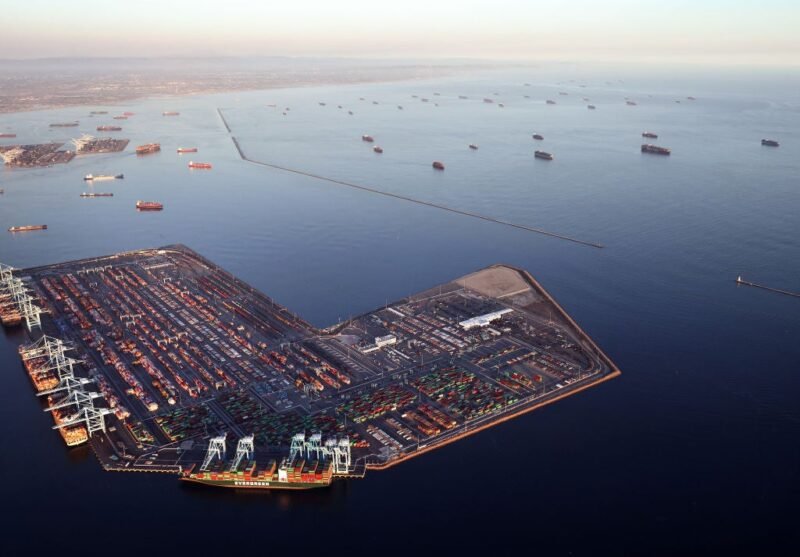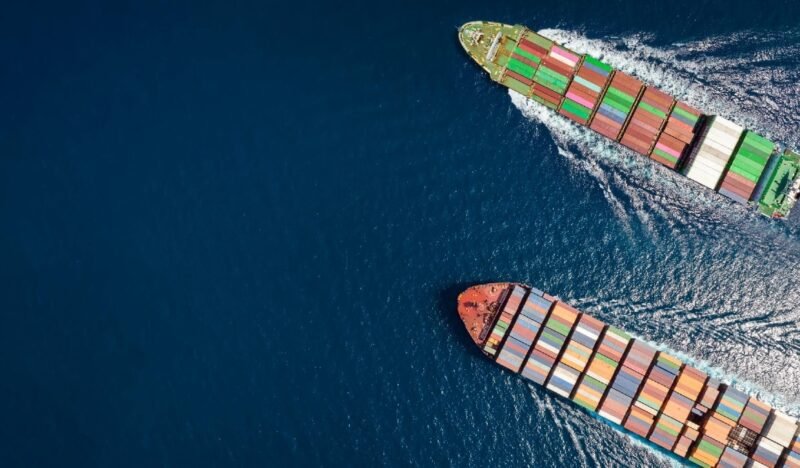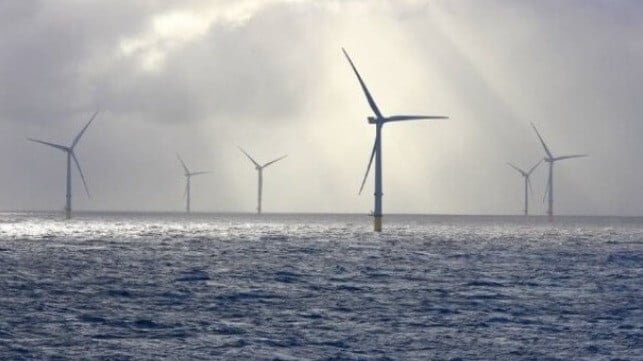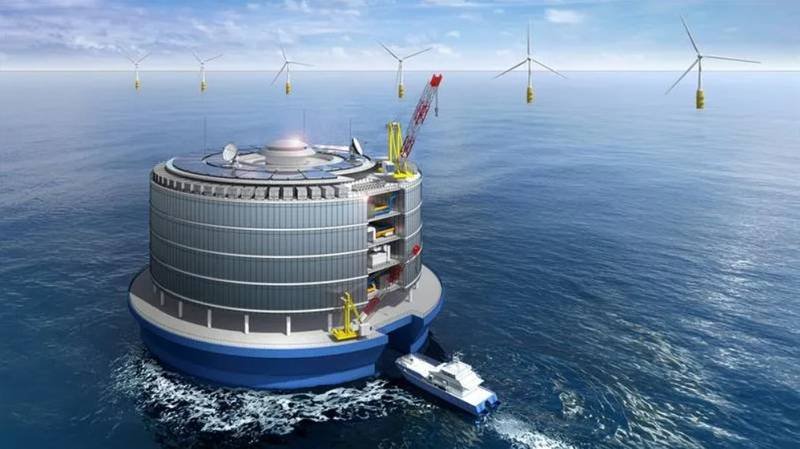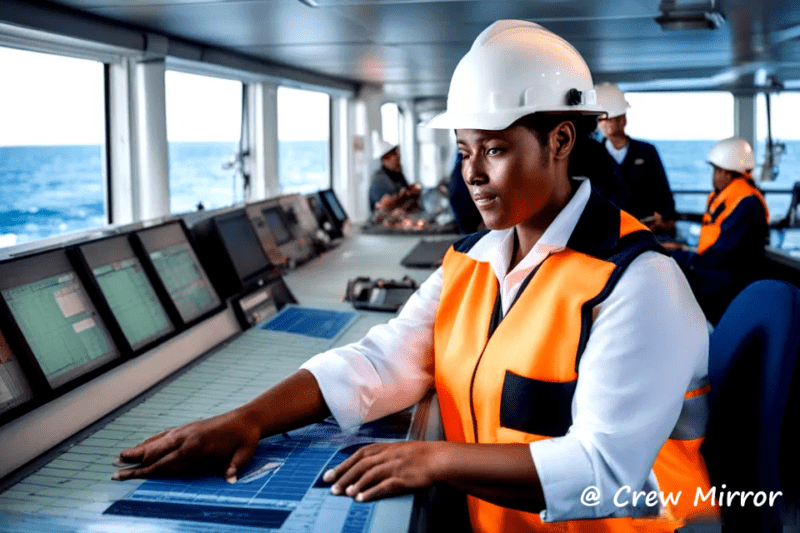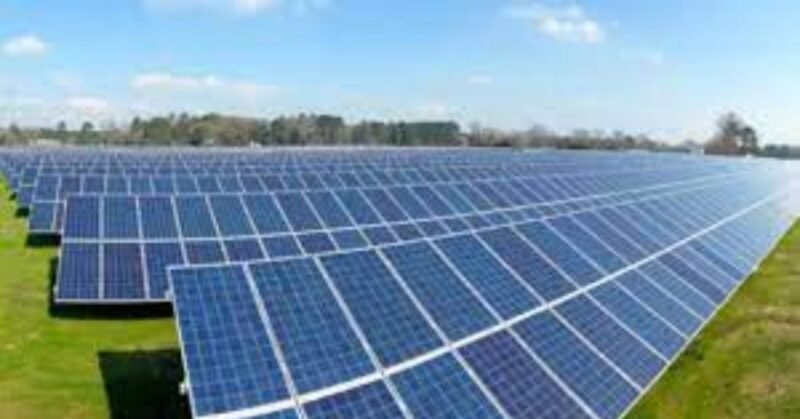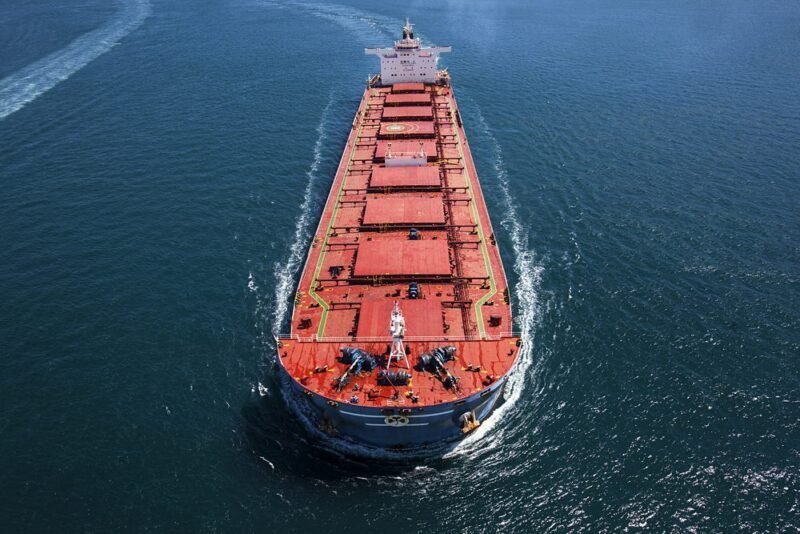India is setting ambitious goals to transition its entire coastal and inland waterways shipping to renewable energy within five years in a bid to achieve net zero carbon emissions by 2070. The country’s current share of renewable energy at major ports is less than 10%, despite plans to add around 5,000 new vessels over the next decade to its existing capacity of about 1,500 vessels. Prime Minister Modi recently launched the first Indian-made hydrogen-run ferry, and plans are in place to develop green energy vessels that utilize solar power and batteries.
The global shipping industry currently accounts for about 3% of the world’s CO2 emissions, prompting India to take significant steps to reduce its carbon footprint. Efforts to transition to green energy will align with the International Maritime Organization’s target to cut overall greenhouse gas emissions from ships by 50% from 2008 levels by 2050. To support the growth of its shipping industry, India plans to establish a Maritime Development Fund to facilitate the manufacturing of green vessels and ports.
In order to further boost its green energy initiatives, India plans to build green hydrogen hubs at three ports—Kandla, Thoothukudi, and Paradip. New Delhi has set an ambitious target of producing 5 million metric tons of green hydrogen annually by 2030. These efforts signify India’s commitment to sustainability and reducing its environmental impact in the maritime sector.







